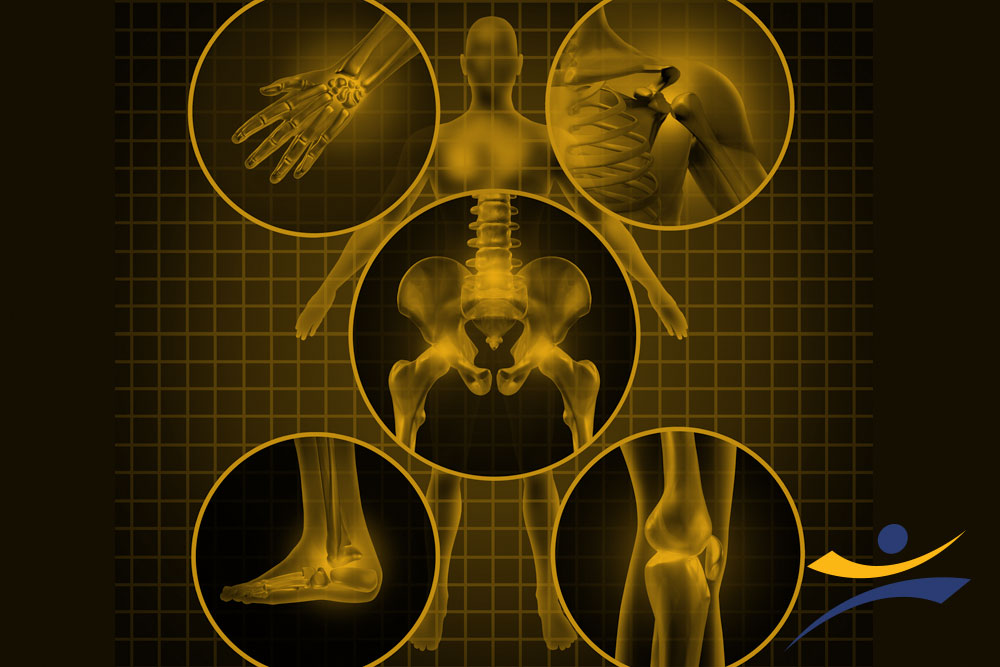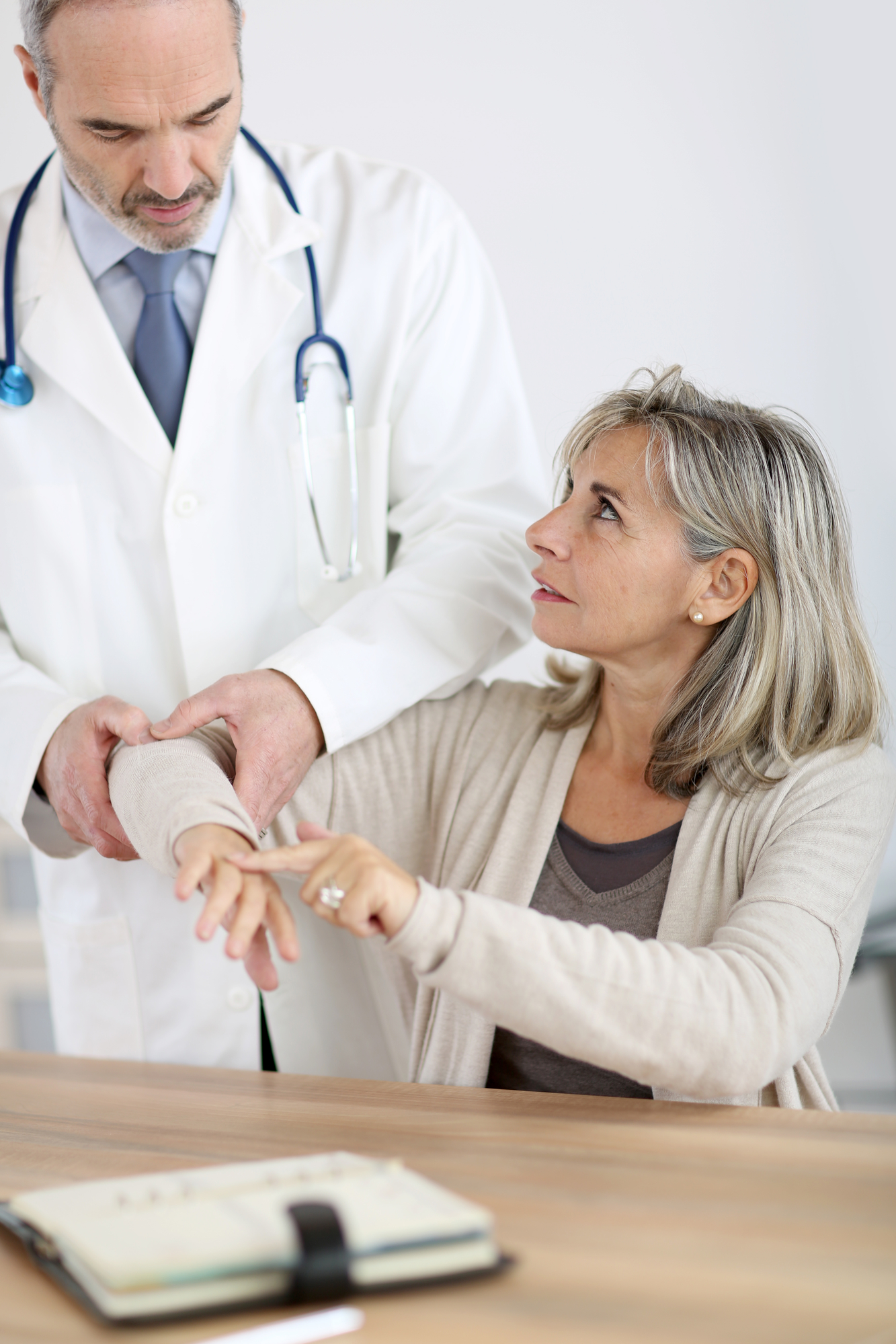
Symptoms, Causes & Treatments of Rheumatoid Arthritis and Osteoarthritis
Arthritis is a condition which refers to inflammation, which can result in joint pain, swelling and limited mobility. While arthritis is most commonly associated with joint related issues, it can also affect cardiovascular health, as well as other conditions. Some arthritic forms, like Rheumatoid Arthritis, are autoimmune conditions, meaning they can affect the entire body, while others, such as Osteoarthritis, are considered degenerative diseases, which affect the cartilage between the joints. The team at The Central Orthopedic Group has compiled an outline of the commonalities and differences between Rheumatoid Arthritis and Osteoarthritis, in order to properly determine course of treatment.
The knowledgeable staff at The Central Orthopedic Group can help determine the type of arthritis as well as the appropriate course of treatment that is best for your individual diagnosis. Whether you think you may have the early stages of arthritis, or you are simply not satisfied with your level of mobility and day-to-day flexibility that you’re experiencing from the treatment of an existing diagnosis, The Central Orthopedic Group is here to provide you with insight, experience and compassion.

Arthritis Facts & Symptoms
| Rheumatoid Arthritis | Osteoarthritis | |
|---|---|---|
| Disease Type | Auto-immune disease, typically found in patients between 30 – 50 years of age. | Degenerative Disease, more common in middle-aged to older adults. |
| Symptoms | Can include swelling, stiffness and joint pain, as well as decreased range of motion, fatigue/energy decrease and fever. | Decreased range of motion, joint stiffness and pain. Typically worsens after a day of activity. |
| Where Symptoms Occur | Hands, ankles or anywhere that a “joint pairing” occurs. | Most common in joints that are weight-bearing, like hips, knees and necks. |
| Frequency | An estimated 1.3 million Americans are living with rheumatoid arthritis, a majority of which are women. | An estimated 27 million Americans are living with osteoarthritis. Most patients with osteoarthritis are experiencing inflammation in knees, hips and hands. |
Causes & Risk Factors
| Rheumatoid Arthritis | Osteoarthritis | |
|---|---|---|
| Causes | The body’s immune system mistakes the synovium for a virus and begins to attack it, resulting in RA symptoms. The Synovium is a connective tissue in joints and tendons. | Caused by “wear and tear”, osteoarthritis is linked to overuse, obesity, injury, hereditary or aging. With time, the cartilage between joints will wear, resulting in the bones rubbing together. |
| Risk Factors |
|
|
| Complications |
|
|
Diagnosis & Treatment
| Rheumatoid Arthritis | Osteoarthritis | |
|---|---|---|
| Diagnosis | Full review of patients medical history and symptoms, as well as comprehensive physical examination and blood tests. Additional imaging tests will be performed to determine level of joint damage. | An osteoarthritis diagnosis is also determined after reviewing medical history and symptoms. In addition to a physical examination, the patient will also be examined via X-ray and MRI of joint cartilage, as well as a fluid draw from the joints. |
| Treatment Objectives |
|
|
| Treatment Methods |
|
|
